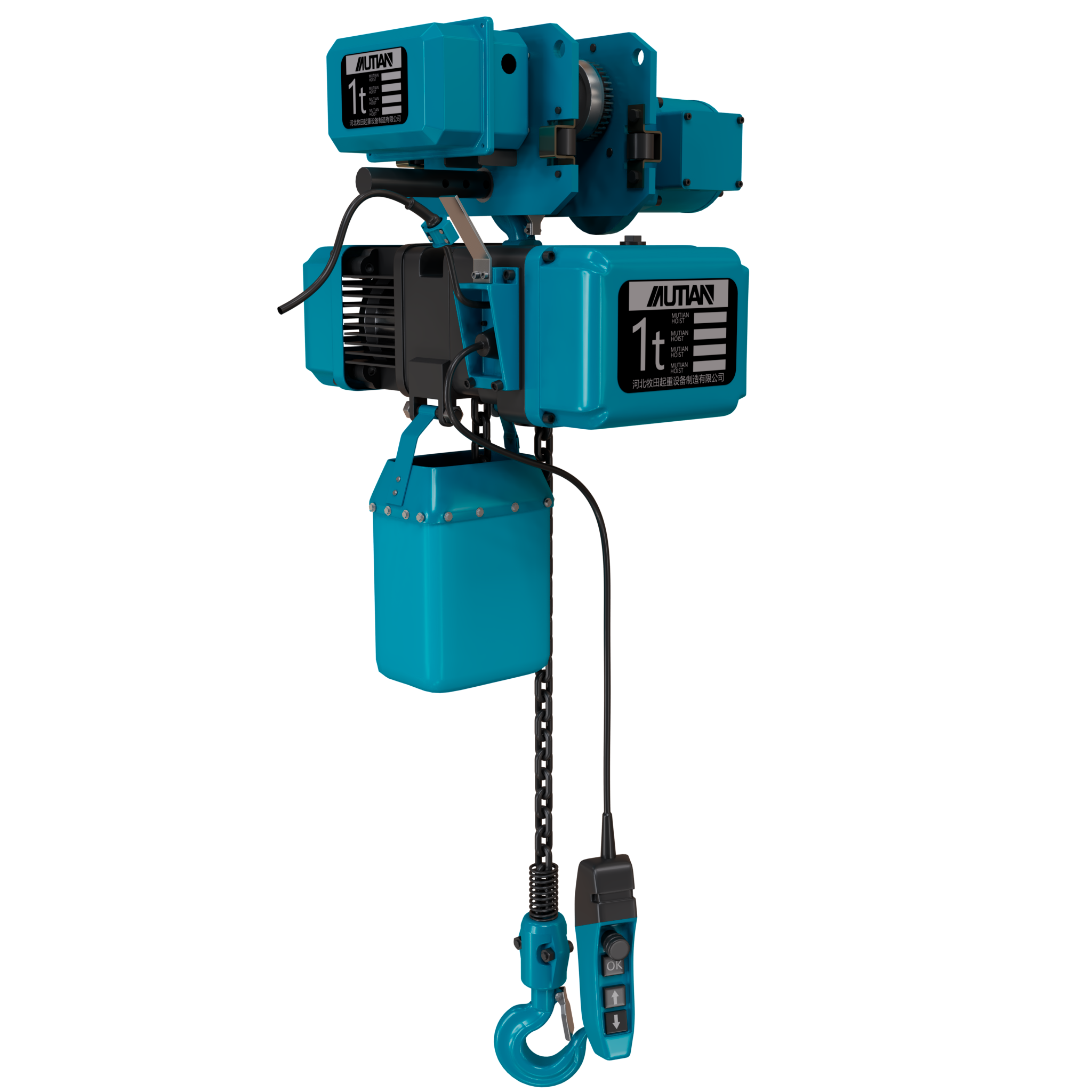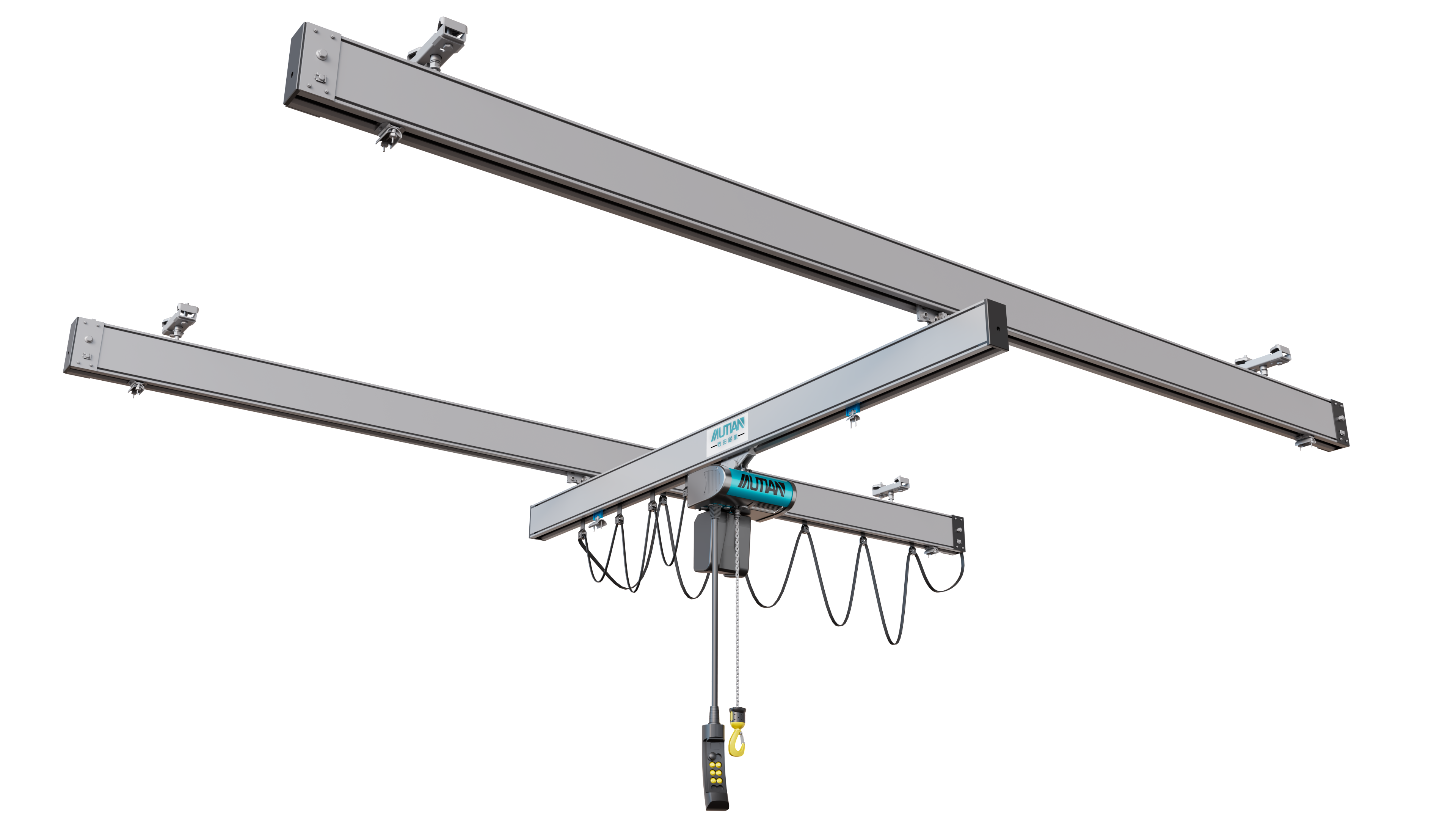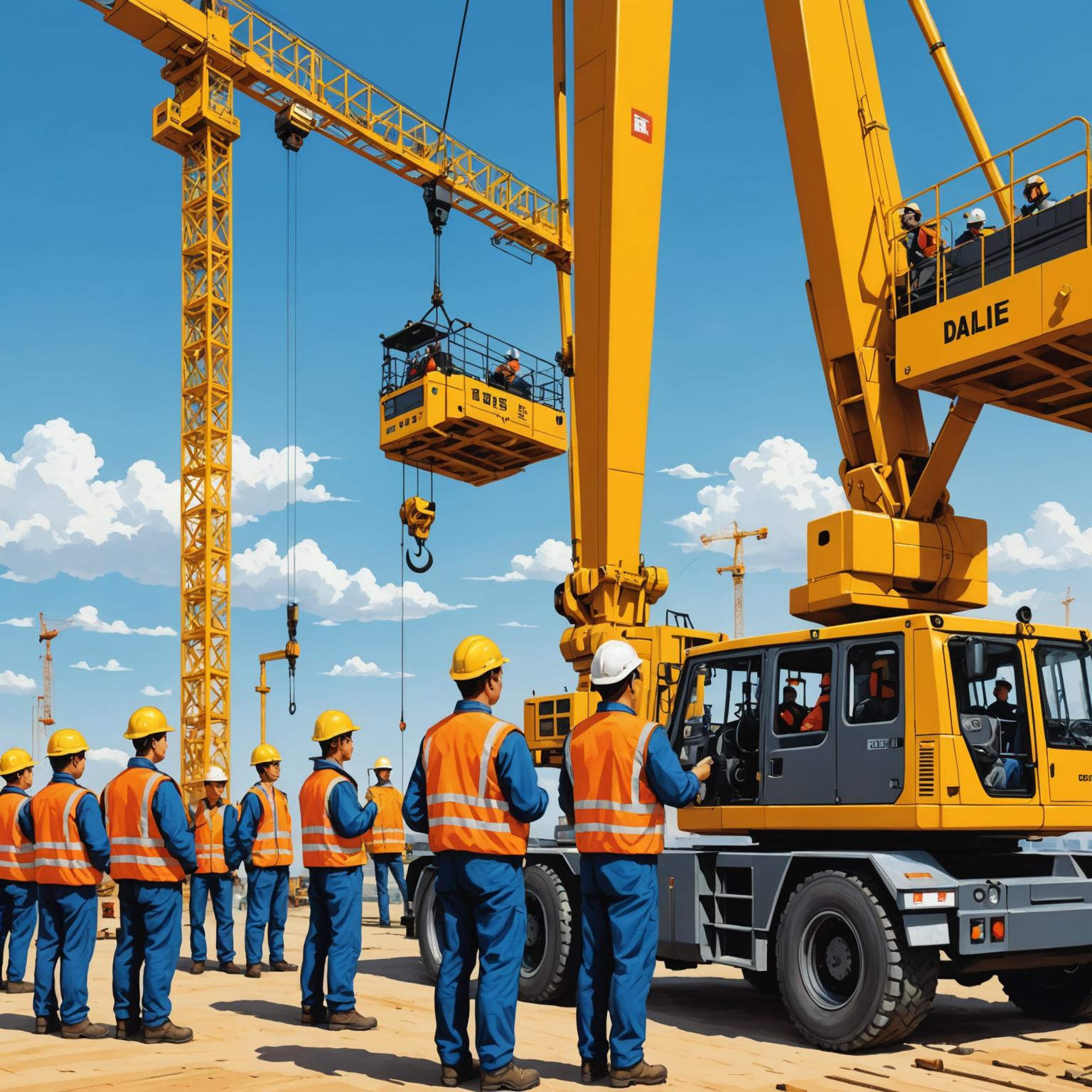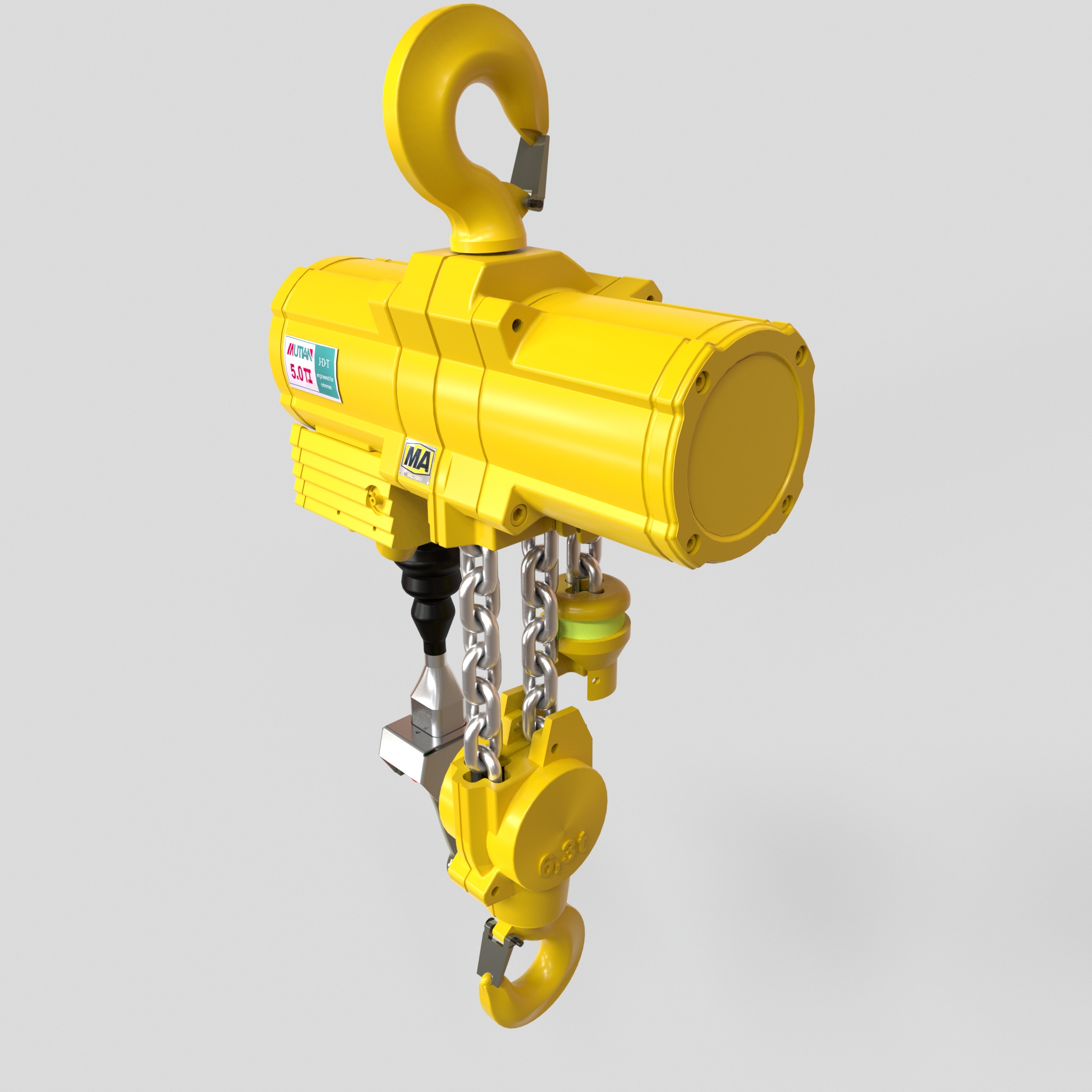Improve equipment safety: Standards and innovation
In any industrial setting where heavy materials are moved, prioritizing Lifting equipment safety is non-negotiable. The integrity of your operations, the value of your assets, and most importantly, the well-being of your personnel depend on it. Creating a secure work environment goes beyond simply following a checklist; it involves a holistic approach that combines rigorous protocols with the selection of high-quality, reliable machinery. This article serves as a fundamental Safety Guide for Lifting Equipment, offering insights to help you protect your team and enhance operational efficiency.
Choosing the Right Tool for the Job
The first step toward a safer lifting process is selecting the appropriate equipment for the specific task and environment. An electric wire rope hoist, with its precision controls and durable motor, might be perfect for a manufacturing floor requiring meticulous placement of heavy components. Conversely, in work areas with strict regulations against sparks or energy-related hazards, a pneumatic chain hoist is the superior choice. These models, often featuring an MA certification, provide powerful, shock-free operation without electrical connections. When evaluating equipment, look for robust construction, high-capacity hooks with safety latches, and fail-proof braking systems. Making the right choice from the start lays the groundwork for all future safety efforts.
Daily Checks and Safe Operation Protocols
To truly Improve safety standards, daily inspections must become an ingrained part of your workflow. Before each shift, operators should conduct a thorough visual and functional check of the hoist. This includes examining the chain or wire rope for any signs of damage, such as kinks, corrosion, or frayed strands. The top and bottom hooks should be inspected for wear and to ensure the safety latches are functional. A critical step is to test the hoist's primary functions—lifting, lowering, and braking—with a light load to confirm smooth operation and immediate stopping power. Adhering to the specified load capacity, as seen in models ranging from 2-ton to 5-ton capacities, is essential. Overloading equipment is a primary cause of accidents and must be strictly forbidden.
Proactive Maintenance to Improve Safety Standards
A commitment to long-term Lifting equipment safety requires a proactive maintenance schedule. While daily checks are crucial for immediate operational readiness, scheduled maintenance addresses the deeper wear and tear that can compromise a machine over time. Modern hoists are designed for durability, featuring elements like corrosion-resistant steel chains, enclosed motor housings with cooling vents for heat dissipation, and rugged casings. However, these components still require professional servicing to ensure they function at peak performance. Following the manufacturer’s maintenance recommendations will not only extend the life of your equipment but is also fundamental to how you can consistently Improve safety standards and prevent catastrophic failures.
A Commitment to a Safer Work Environment
Ultimately, fostering a culture of safety is a continuous commitment. A robust approach to Lifting equipment safety integrates three core pillars: selecting the appropriate, certified tool for the task, implementing rigorous daily operational checks, and committing to a proactive maintenance schedule. By treating this Safety Guide for Lifting Equipment as a foundational framework, companies can empower their teams, protect their investments, and create a work environment where safety is the highest priority. Investing in both high-quality machinery and comprehensive safety protocols is the most effective way to Improve safety standards across your entire operation.





